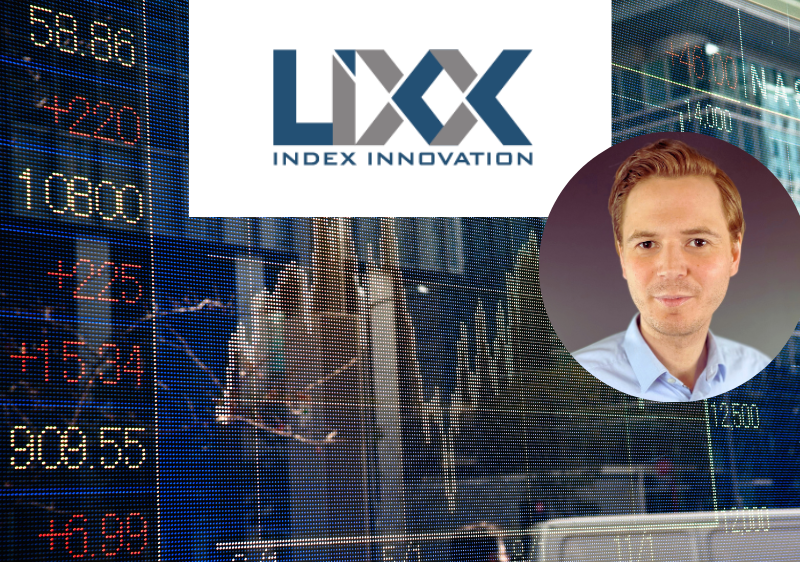
25. October 2023 | Markus Fehn
Superior shares in index funds
Active ETFs combine the advantages of automated stock selection with those of active portfolio management. With the development of a properly constructed index also provides more flexibility at a reduced cost.
Have you ever pondered where the DAX, Germany’s leading stock market index, would be today if certain industries with a weak performance were excluded? What if, at the start of the war in Ukraine, raw materials producers, renewable energies, or companies in the defence sector had been more heavily represented in the DAX rather than traditional energy suppliers and energy-intensive chemical firms? Or what if, in light of rising interest rates, the emphasis had swung back to banks, and real property stocks had been kicked out of the DAX instead? A DAX optimised in this manner would certainly have provided investors with a substantially higher return.
Using an exchange-traded fund (ETF) to invest in a broad market index such as the DAX or the Dow Jones is certainly not a bad idea: fees are low, the investment is automated and requires little intervention, and few fund managers succeed in beating the index over the long term through targeted selection of securities. Furthermore, thanks to their stock exchange listing, ETFs can be traded at any moment. All of these benefits have resulted in more than 10,000 billion dollars being invested in ETFs as of 2021.
However, a slightly adapted investment strategy could outperform this approach by at least giving a higher weighting to the top performers among equities while temporarily divesting itself of troubled sectors. This is precisely what the new active ETFs aim to accomplish by combining the best of both worlds: stock selection is primarily automated based on an index, with active portfolio management by a fund manager that reinforces trends and underweights weak securities.
Active ETFs frequently operate in two ways: either the fund company bases its portfolio on an existing index and alters the composition and weighting within established parameters on a regular basis. In this situation, the fund portfolio closely resembles the underlying index, but with an optimised composition and weighting. Alternatively, the fund company can have an index tailored with the appropriate optimisations in terms of stock selection and weighting, as for instance implemented and continually computed by LIXX Index Innovation on behalf of its clients.
The index is generated using a basic principle: the index value is determined using the prices and weightings of the underlying securities that it contains. The value of each underlying security is determined by multiplying the prices of the underlying securities at a given time by the number of shares in the index. The sum of these values equates to the index value.
Other criteria, such as risk management, might also be incorporated into the index calculation. LIXX has already established indexes based on crypto assets, with weightings that are dynamically modified in response to price changes. The crypto index launched for financial magazine Börse Online only contains the top 10 cryptocurrencies by market cap; at 19 per cent, the top coin is weighted more than twice as heavily as the other nine crypto assets. When compared to individual investments, the distribution across ten assets significantly reduces the risk of loss for investors, while the overweighting of the top coin boosts potential returns.
An index created in this manner can subsequently be used to create an ETF that mimics the index with real investments. The fund company can modify the index composition on a regular basis, so that investors do not need to do anything. Despite this, they continue to benefit from low fees, with costs only marginally surpassing those of an entirely passive ETF investment. According to Frankfurter Allgemeine Sonntagszeitung, the annual fees for about 50 active ETFs traded in Germany range from 0.05 to 0.85 per cent. Traditional active funds, on the other hand, often charge between 1.5 and 2.5 per cent. Long-term investors will notice a significant cost difference.
Another significant advantage of creating an index expressly for the investment purpose is that issues such as sustainability, high dividends or protection against high inflation may be applied much more precisely and beyond the conventional investment criteria. This means that investors always have an optimised selection of shares in their index fund, which has a positive impact on returns. A study of active ETFs has shown after just a few years that above-average profits are possible in this way.

